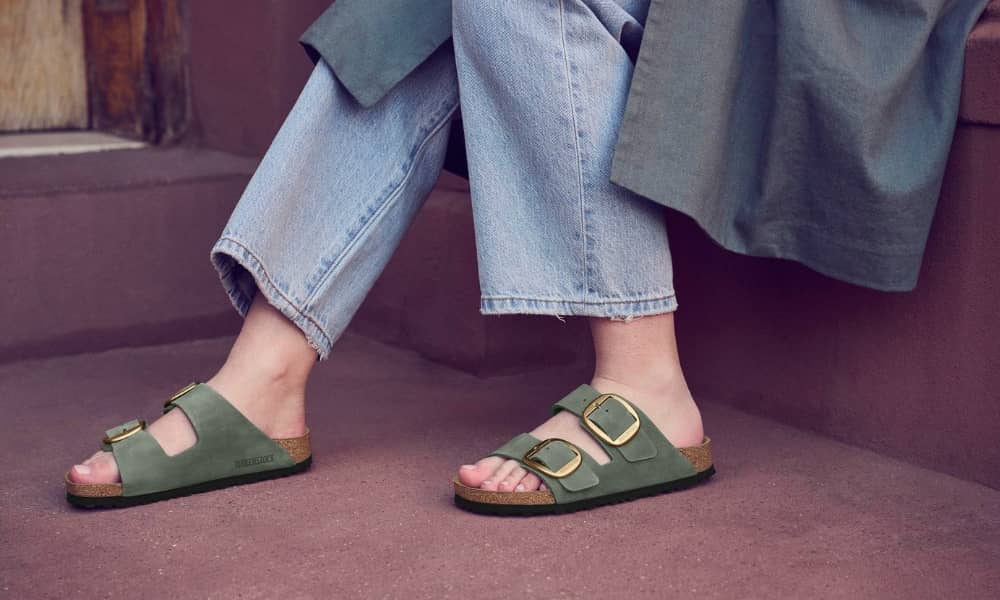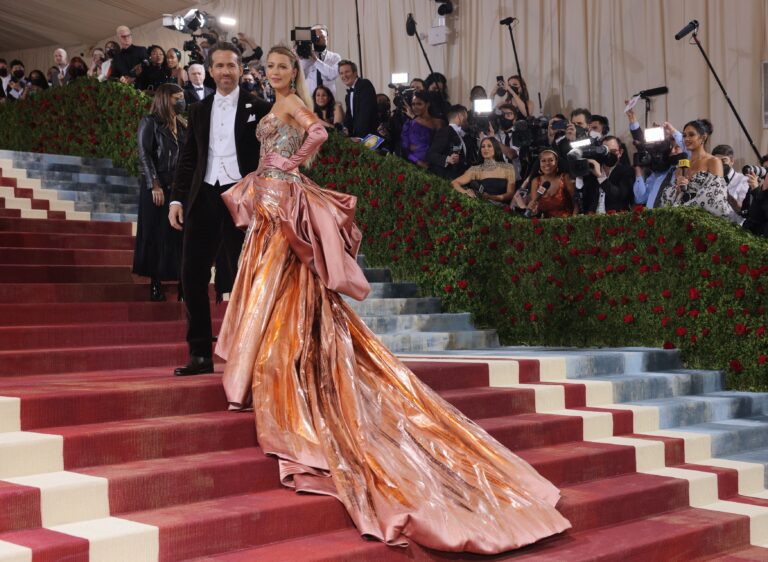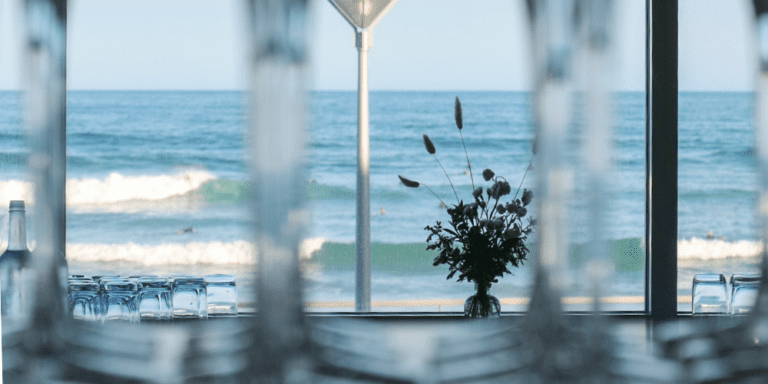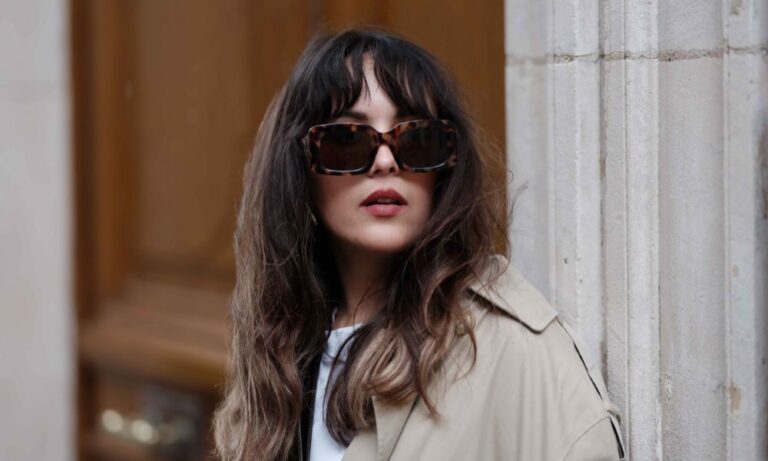Asked to choose between a brown Birkenstock and a pink stiletto, most people would be able to make a fairly quick decision. In this year’s Barbie movie, Weird Barbie challenges Stereotypical Barbie to make this very choice. To Barbie, the high heel represents a life of beach fun and dance parties, while the sandal means “knowing the truth about the universe”.
That the film’s director Greta Gerwig used a Birkenstock Arizona sandal to represent the truth about life says it all about this “ugly” orthopaedic shoe.
Birkenstocks have been the footwear of choice for the “brown rice” or hippie set for decades, but this negative image has recently morphed into something very different. As comfort, climate change concerns, demand for animal-free products and affordability have become increasingly important to shoppers, Birkenstock has also been able to entice fashionistas and hippies alike to try its flexible arch supports.
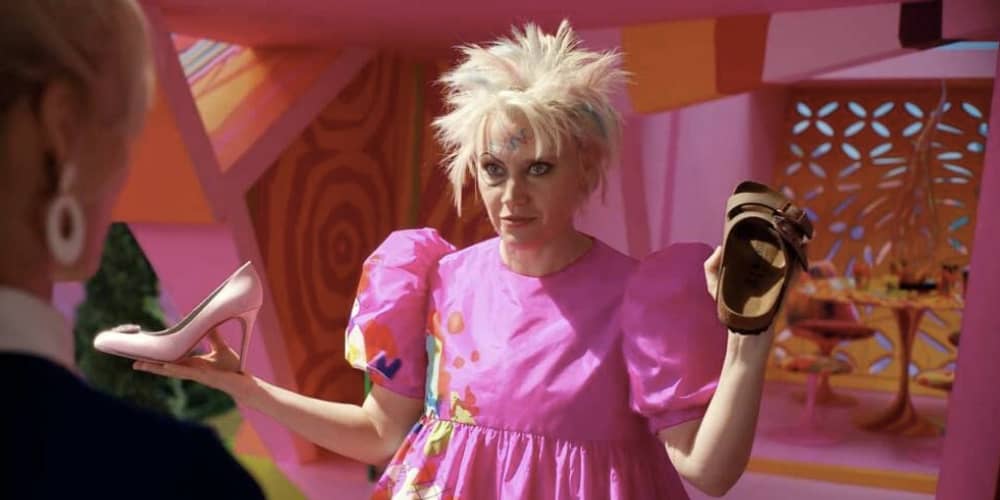
As a result, the German shoe brand was valued at more than US$8 billion ($13.6 billion NZD) as its shares became available to the public on the New York Stock Exchange in October. Birkenstock’s initial public offering is set to be the third-largest US listing in 2023. Not bad for functional footwear that was originally developed to improve foot health.
When the Birkenstock brand was founded in 1774 in Germany by Johann Adam Birkenstock, industrial manufacturing processes in Europe were evolving. The Birkenstock family used the new technology to design and develop footwear with contoured insoles to give flexible arch support for improved foot health.
But it wasn’t until the 1920s that affluent Europeans became more aware of the benefits of such footwear, leading to exports of the shoe across Europe. By the 1960s, the company was producing sandals. The Arizona was the third style introduced by the brand in 1973, after the Madrid (1963) and the Zurich (1964).
It was at this time that Birkenstock transitioned from orthopaedic footwear into fashion, helped along by entrepreneur Robert Lusk. He identified that the counter-culture generation wanted a comfortable alternative to mainstream commercial products.
Lusk opened The Natural Shoe Store in London’s Covent Garden in 1976 to serve these customers. And while Birkenstocks didn’t appeal to the glamorous power dressers of the 1980s, by the late 1990s Lusk had started widening the brand’s appeal. He persuaded Birkenstock to make new colours of its best selling styles, the Arizona and Madrid. This departure from Birkenstock’s traditional brown hues aimed to appeal to more fashion-forward customers.
Momentum continued to build behind the brand, but in the UK at the time Birkenstocks were only available from Lusk’s shop or mail-order service and a standalone Birkenstock store. As A-listers such as actor Jude Law and then-British Vogue editor Alexandra Shulman started coveting the sandals as a summer alternative to another “ugly” shoe brand – Ugg Australia – demand started to far outstrip supply.
This scarcity effect led to production in Germany being ramped up. When a brand sees a spike in distribution such as this, it can turn customers off. But, unusually, greater availability did little to dent demand for Birkenstocks and doesn’t seem to have damaged its “brand equity” in the long term either. This is the value a company derives from consumer perception of its brand. Birkenstock’s collaborations with high-end designers like Dior and Manolo Blahnik have also boosted its brand equity.
Birkenstock’s slow burn is an example of “bubble up” theory. This is the opposite of the more traditional “trickle down” phenomena, where mass market designers and brands are influenced by high-end luxury and designer fashion. Instead, brands and designers take inspiration from different aspects of society, particularly alternative sub-cultures, reinterpreting original use.
Other examples of mainstream fashion successfully borrowing from and reinterpreting subcultures and original use include Doctor Martens and Crocs. These two fashion brands also have utilitarian roots and both went public with impressive valuations: Doctor Martens at £3.7 billion in 2021 and Crocs at US$1.15 billion in 2006.
American conservatives refer pejoratively to “Birkenstock liberals”, but the style has become associated with a universal nonchalance and quirky charm, while also representing “inconspicuous consumption” – just like other ethical shoe brands such as Allbirds.
Thorstein Veblen’s theory of conspicuous consumption suggests we use fashion to display financial wealth and status. Birkenstocks’ more accessible starting prices (around US $50) send the reverse signal. Wearers are avoiding overt displays of wealth, instead communicating their taste via subtle branding, and knowledge about materials, form and function.
And comfort cannot be ignored. Bronislaw Malinowski, an anthropologist that explained social phenomena in terms of functional appeal, said people want functional products to satisfy some or all of these seven needs: nutrition, reproduction, bodily comforts, safety, movement, health and growth.
Functional footwear addresses most of these needs and informs some of the most iconic, and valuable, fashion brands. Other iconic footwear brands born from functional origins include Scholl – originally worn for medical purpposes – and UGG Australia, first worn by surfers to keep their feet warm.
Like many other fashionistas, Barbie chose a (pink) Birkenstock Arizona in the end, highlighting how the brand has managed to synthesise function and fashion, even in an “ugly” form. Other factors, such as the impact of persistently high inflation on consumer spending, will affect how Birkenstock fares post-IPO, but the brand has certainly put its best foot forward for its stock market debut.
The Conversation via Reuters Connect


